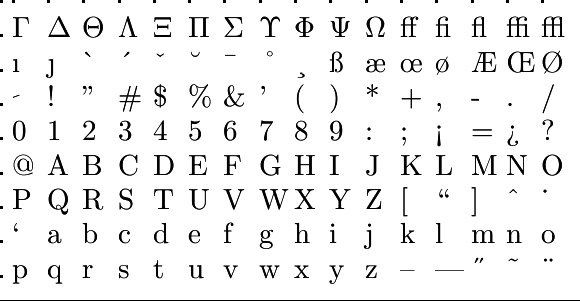Assessing investments: Economic approach
 NPV, Net present value
NPV, Net present value
Net present value
The net present value is a method of assessing the profitability of an investment and is abbreviated as NPV. As with the discounted payback period, the cash flows of an investment are discounted when calculating the net present value using the discount rate #r#.
When comparing multiple investments, the one with the highest net present value is preferred.
Below is the net present value expressed as a formula with the parameters for an investment as discussed in Concepts and parameters for investment proposals.
Net present value
Given an investment with duration #n#, cash flows #C_0#, #C_1 ,\ldots, C_n# and discount rate #r#, the net present value is defined as the sum of all discounted cash flows:
\[\text{NPV} = \sum_{i=0}^{n} \dfrac{C_i}{(1+r)^i}\]
\[\begin{array}{l|cc} &\text{Investment 1}&\text{Investment 2}\\ \hline\ C_0 & -390 & -500\\\ C_1 & 145 & 270 \\ \ C_2 & 145 & 270 \\ \ C_3 & 145 & 270 \\ \ C_4 & 145 & 270 \\ \ C_5 & 145 & 270 \\ \end{array}\]
Assume a discount rate of 9%.
Determine which investment is preferred based on the net present value.
To calculate the net present value of the investments, we perform the following calculations with the discount rate #r = \frac{9}{100} = 0.09#:
\[\begin{array}{rcl}
NPV_1 &=&\displaystyle \sum_{i=0}^{5} \dfrac{C_i}{(1+r)^i}\\
&&\phantom{xxxx}\color{blue}{\text{net present value formula}}\\
&=& C_0 +\dfrac{C_1}{1+r}+\dfrac{C_2}{(1+r)^2}+\dfrac{C_3}{(1+r)^3}+\dfrac{C_4}{(1+r)^4}+\dfrac{C_5}{(1+r)^5}\\
&&\phantom{xxxx}\color{blue}{\text{the summation notation expanded}}\\
&=& -390 +\dfrac{145}{1+0.09}+\dfrac{145}{(1+0.09)^2}+\dfrac{145}{(1+0.09)^3}+\dfrac{145}{(1+0.09)^4}+\dfrac{145}{(1+0.09)^5}\\
&&\phantom{xxxx}\color{blue}{\text{values for }C_0, C_1, C_2, C_3, C_4, C_5 \text{ and }r\text{ substituted}}\\
&\approx& 174.00\\
&&\phantom{xxxx}\color{blue}{\text{calculated}}\\
\end{array}\]
\[\begin{array}{rcl}
NPV_2 &=&\displaystyle \sum_{i=0}^{5} \dfrac{C_i}{(1+r)^i}\\
&&\phantom{xxxx}\color{blue}{\text{net present value formula}}\\
&=& C_0 +\dfrac{C_1}{1+r}+\dfrac{C_2}{(1+r)^2}+\dfrac{C_3}{(1+r)^3}+\dfrac{C_4}{(1+r)^4}+\dfrac{C_5}{(1+r)^5}\\
&&\phantom{xxxx}\color{blue}{\text{the summation notation expanded}}\\
&=& -500 +\dfrac{270}{1+0.09}+\dfrac{270}{(1+0.09)^2}+\dfrac{270}{(1+0.09)^3}+\dfrac{270}{(1+0.09)^4}+\dfrac{270}{(1+0.09)^5}\\
&&\phantom{xxxx}\color{blue}{\text{values for }C_0, C_1, C_2, C_3, C_4, C_5 \text{ and }r\text{ substituted}}\\
&\approx& 550.21\\
&&\phantom{xxxx}\color{blue}{\text{calculated}}\\
\end{array}\]
Since #550.21 \gt 174.00#, based on the net present value we prefer investment #2#.

Or visit omptest.org if jou are taking an OMPT exam.



